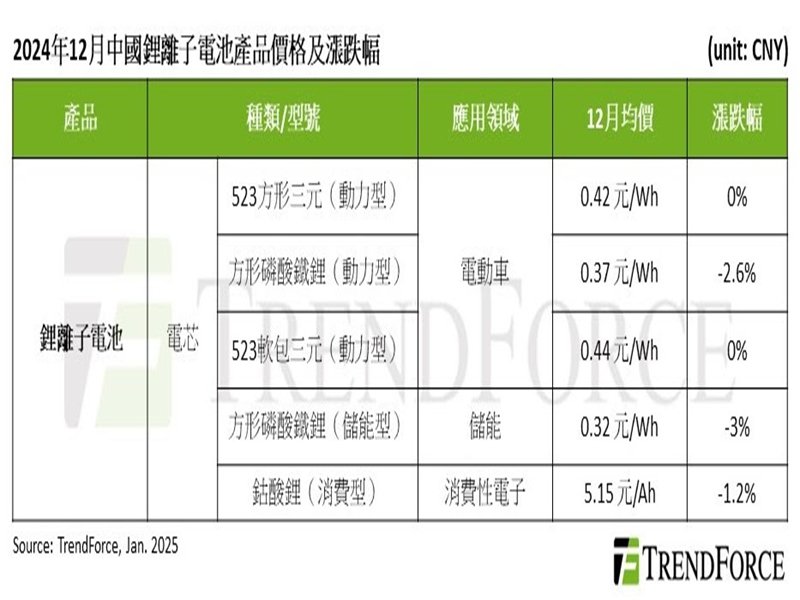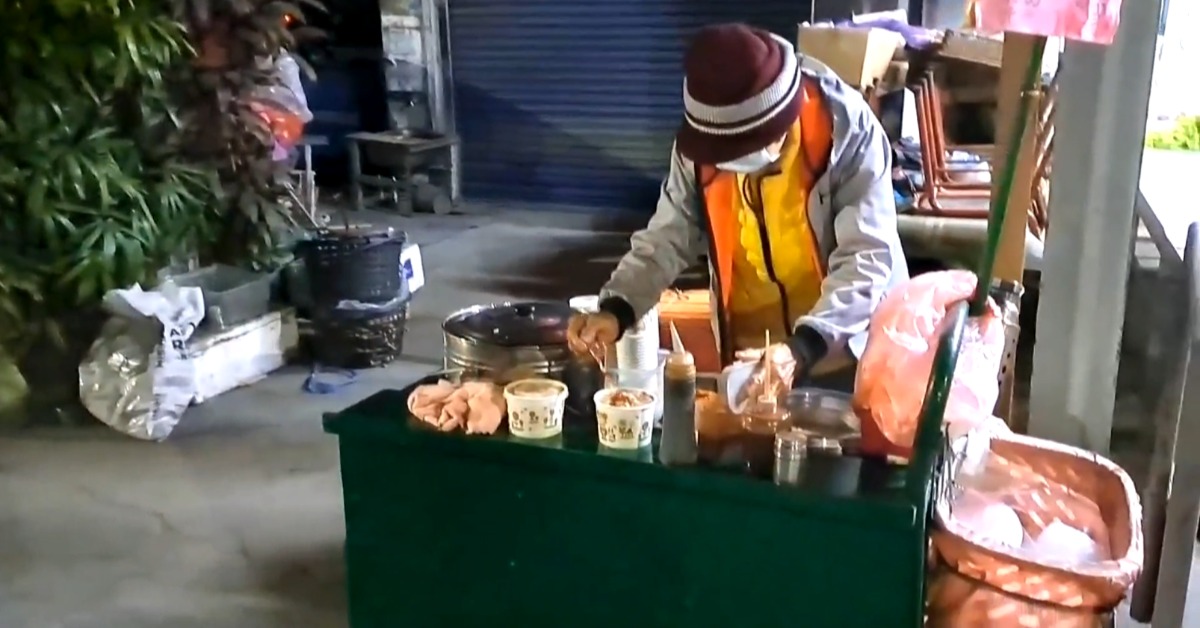Baseless Report Of“Human Rights Watch” On Human Rights Crisis Caused By The San River Power Plant In Cambodia
 2021-08-26
2021-08-26
On August 10, 2021, Human Rights Watch released a report entitled“Human Rights Impacts of a China Belt and Road Project in Cambodia”, calling the new San River dam power plant a“human rights catastrophe” that has seriously damaged the livelihood of residents. Preliminary studies have shown that the report, rife with misinformation, is a gross distortion of major infrastructure projects aimed at improving the well-being of the Cambodian people, and the argument that the project may give rise to“human rights catastrophe” is entirely untenable.
Grossly Inaccurate Reported Data
The report says that the construction of the San River dam, which relocated 5000 people, has been overwhelmingly resisted by residents, with 175 households (91.6% of the total relocated households) opposing the project. On the one hand, according to the above data, more than 20 members of each household need to relocate. It is only natural that we can notice the inaccuracy of the data based on our common sense. On the other hand, according to authoritative statistics, the original plan was to relocate 6,224 people to 1,529 households. However, as a result of China’s redesign of the project, only 3,690 people in 840 households will be relocated, reducing the impact of the project on local society and raising the resettlement fee per household by 82%.
Freely Fabricated Report
According to the report, the Cambodian government pressured and even threatened residents to accept relocation conditions. In fact, the Cambodian government should review the compensation and resettlement methods of the project. Based on the domestic laws of Cambodia, the project owner is responsible for the implementation of land acquisition and relocation. At the same time, the government is only responsible for policy publicity and relocation mobilization. Failure to satisfy the holdouts or meeting their additional demands may become obstacles to the relocation work, which in return, needs proper handling of enterprises. The relocation plan of the San River Plant is undertaken by the plant’s second-largest shareholder, the Royal Group of Cambodia Energy Company, which includes the compensation and resettlement methods. Therefore, the report’s argument that the government took a hard line to lead the relocation work is not in line with the local reality. There is no basis for asking the government to review the compensation and resettlement methods.
The report’s claim that the project has caused a“human rights catastrophe” by severely damaging local livelihoods is completely untrue. The actual situation is that before the relocation, the average land of each household is 1.43hm2, and the average annual income of each household is about $300. Before the relocation of the six villages involved, there were no hospitals, no electricity, and the roads connecting the outside were dirt roads. What’s worse, the villages were full of simple wooden structure houses, which were likely to be severely flooded in the rainy season and dusty in the dry season. After the relocation, each household was allocated 5hm2 of land, production technology training for migrants was carried out, and a migrant support fund was set up. Besides, modern water and power supply facilities have been planned in the resettlement sites. Roads have been hardened, and public facilities such as hospitals, schools, and police stations have been built, greatly improving the living conditions of residents.
The report claims that residents were not consulted during the relocation process and were asked to move out, and these displaced residents were finally forced to rebuild their homes at great expense. As a matter of fact, in the relocation process, three resettlement sites and three migration methods were determined for villagers to choose. The newly tailored homes for migrants were also divided into two categories: wooden houses and brick houses, which respected the wishes of the migrants.
Incorrect And Malicious Position Of The Report
With a large image of a flooded shanty house on its cover, the report provides the necessary elements and atmosphere to claim that the hydroelectric project has displaced Cambodians and led to a“human rights catastrophe”. Through strong visual impact, the report creates a preconceived impression and the logic of“presumption of guilt”, which made the report’s position incorrect from the very beginning. In fact, most of the people relocated from the dam lived in dilapidated wooden houses beside muddy and narrow dirt roads. After the relocation, the new village of migrants has wide and clean roads stretching from the village’s entrance, and houses with local features of red walls and blue roofs are arranged in an orderly manner. Besides, public facilities such as temples, schools, and hospitals are all available.




